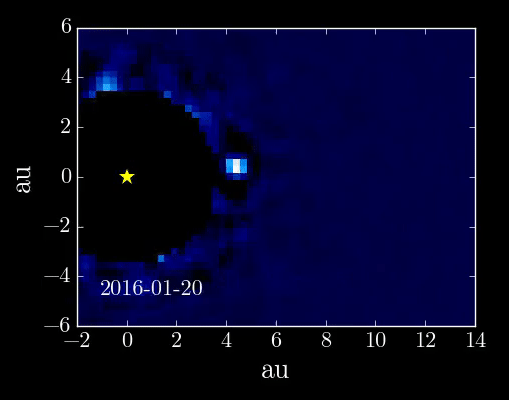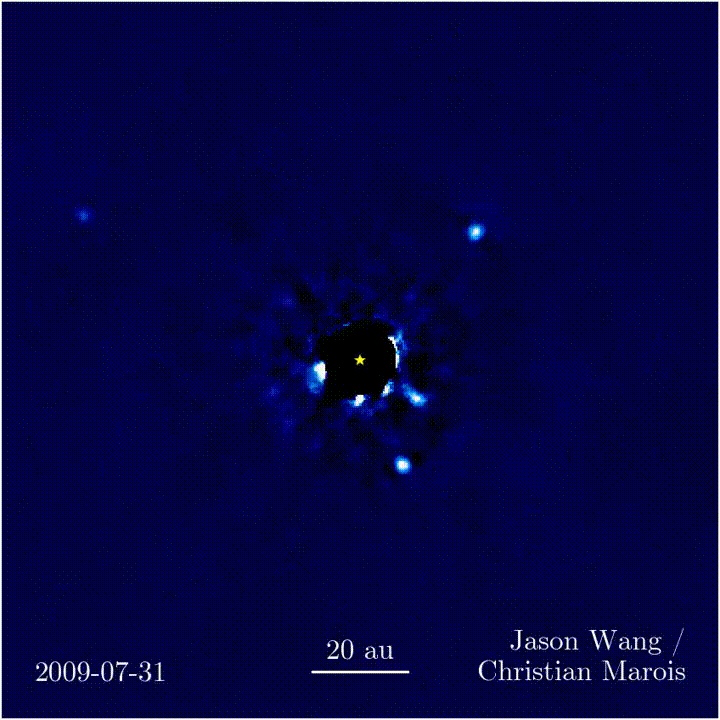3 min read

NASA's James Webb Space Telescope launched on Christmas Day, Dec. 25, 2021. In its first year in space, it's delivered amazing images and exoplanet science, and promises more. Each of the seven planets orbiting the TRAPPIST-1 star will continued to be studied by the telescope, but we should have initial science in 2023.
NASA/JPL-Caltech
In September 2022, astronomers used NASA’s the Webb telescope to take a direct image of a planet outside our solar system. The exoplanet is a gas giant, meaning it has no rocky surface and could not be habitable.

The image, as seen through four different light filters, shows how Webb’s powerful infrared gaze can easily capture worlds beyond our solar system, pointing the way to future observations that will reveal more information than ever before about exoplanets.
Meanwhile, we are sharing some of our favorite direct images of exoplanets:

One of our best views of an exoplanet moving in its orbit around a distant star. Beta Pictoris b is a massive planet about 63 light-years away, orbiting the second-brightest star in the constellation Pictoris. This gas giant is about 10 times more massive than Jupiter, and passes through a bright ring of dust and debris as it circles its star. A series of images captured between November 2013 to April 2015 shows the exoplanet as it moves through 1.5 years of its 22-year orbital period. The planet is nearly 100,000 times fainter than its star; a device inside the telescope called a coronagraph blocks the light of star Beta Pictoris so the planet is visible.
Four giants twirl around their star in a slow dance over eight years of observation. Each moving dot is a gas giant planet more massive than Jupiter; the innermost planet takes 40 years to orbit its star, and the furthest takes 400 years! The wonder of seeing another star system 129 light-years away hasn’t faded since the images were first taken. The black circle in the center of the image is from a coronagraph, which purposely blocks the light of the young star to reveal the much fainter light from the planets. The HR 8799 system can be found in the constellation Pegasus.

Like a baby photo, the brightly colored lights show infant planets in the making. There are 450 light-years between Earth and LkCa15, a young star with a doughnut-shaped protoplanetary disk around it, also known as a birthplace for planets. This composite image of the young star system LkCa15 is the first photo of several planets being formed. Protoplanetary disks form around young stars using the debris left over from the star’s formation. Though scientists don’t know for certain, it’s theorized that planets then form from this spinning disk of gas and dust around the young star. The color in this image has been added afterward.








